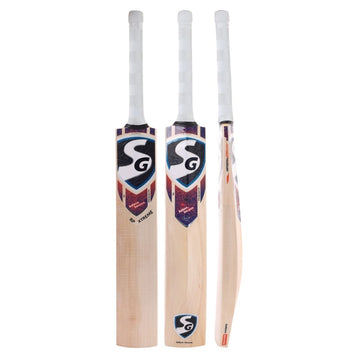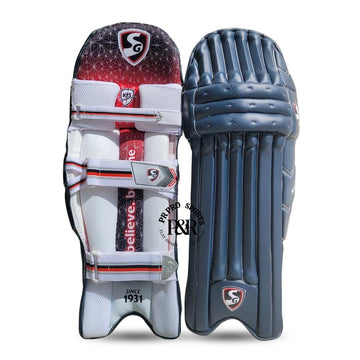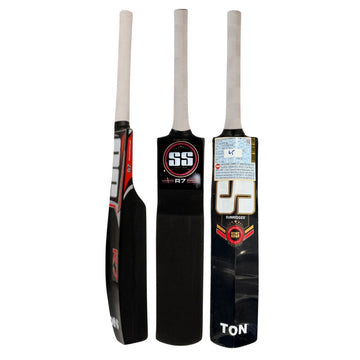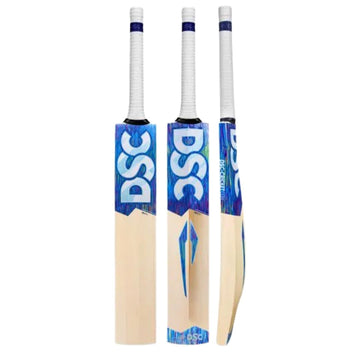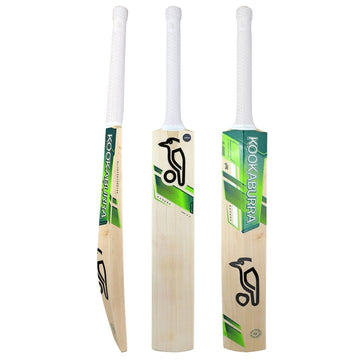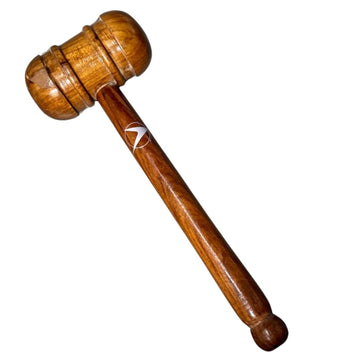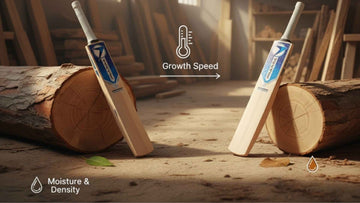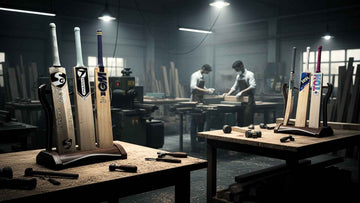Every cricket bat has a story etched into its grains — not just of craftsmanship, but of climate. The performance of a bat doesn’t start in the workshop; it begins in the soil where the willow tree grows. The climate in which willow is cultivated plays a powerful role in determining the bat’s weight, grain structure, durability, and power.
Let’s explore the fascinating science behind how climate shapes cricket bats.
Understanding Willow Types: English vs Kashmir
There are two main types of willow used in bat making:
-
English Willow (Salix alba caerulea):
Grown primarily in the cool, damp conditions of England.- Softer and more fibrous wood
- Produces straight, clear grains
- Known for better ping and performance for leather-ball cricket
-
Kashmir Willow (Salix alba):
Cultivated in the drier, more temperate regions of northern India.- Slightly harder and denser wood
- Tighter grains
- More durable, ideal for beginner and training-level cricket
How Climate Affects Willow Properties
1. Temperature and Growth Speed
- In cooler, wetter climates, willow grows slower, creating fewer but wider grains.
- In warmer, drier climates, willow grows faster, producing more grains packed closely together.
- Slower growth = softer feel and more rebound, while faster growth = harder surface and durability.
2. Soil Moisture and Wood Density
- Moist, nutrient-rich soil encourages lower density wood, which results in lighter bats with better pickup.
- Drier soil leads to denser wood, making heavier but tougher bats that can last longer.
3. Sunlight and Sap Content
- Trees grown under intense sunlight have less retained moisture (sap) when harvested, reducing weight but slightly lowering ping.
- Cooler regions allow higher sap retention, giving bats a softer, springier feel when hitting the ball.
Seasoning & Drying: Locking in Climate Effects
Once harvested, willow clefts are air-dried (seasoned). This process slowly removes excess moisture while preserving the structure developed during growth.
- Wood grown in humid climates requires longer seasoning to prevent cracking.
- Wood from drier regions seasons faster but can become brittle if overdried.
This is where skilled bat makers balance moisture content to achieve the perfect blend of lightness and strength.
Why It Matters to Players
Understanding climate’s impact helps cricketers choose the right bat for their playing style:
- Power hitters benefit from softer English willow that delivers greater rebound and ping.
- All-rounders and beginners might prefer harder Kashmir willow for longer-lasting durability.
In short, the bat you choose carries the climate of its origin — directly influencing how you perform at the crease.
Final Thoughts
The next time you hold a cricket bat, look closely at its grains. Each line represents a season of growth, shaped by rain, sun, soil, and time. The climate where the willow was grown silently determines how your bat will feel, react, and endure on the field.
Cricket is a game of details — and climate is one of its most overlooked secrets.

